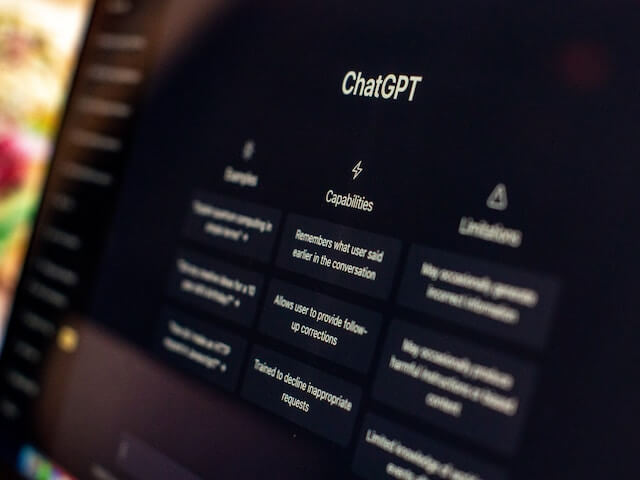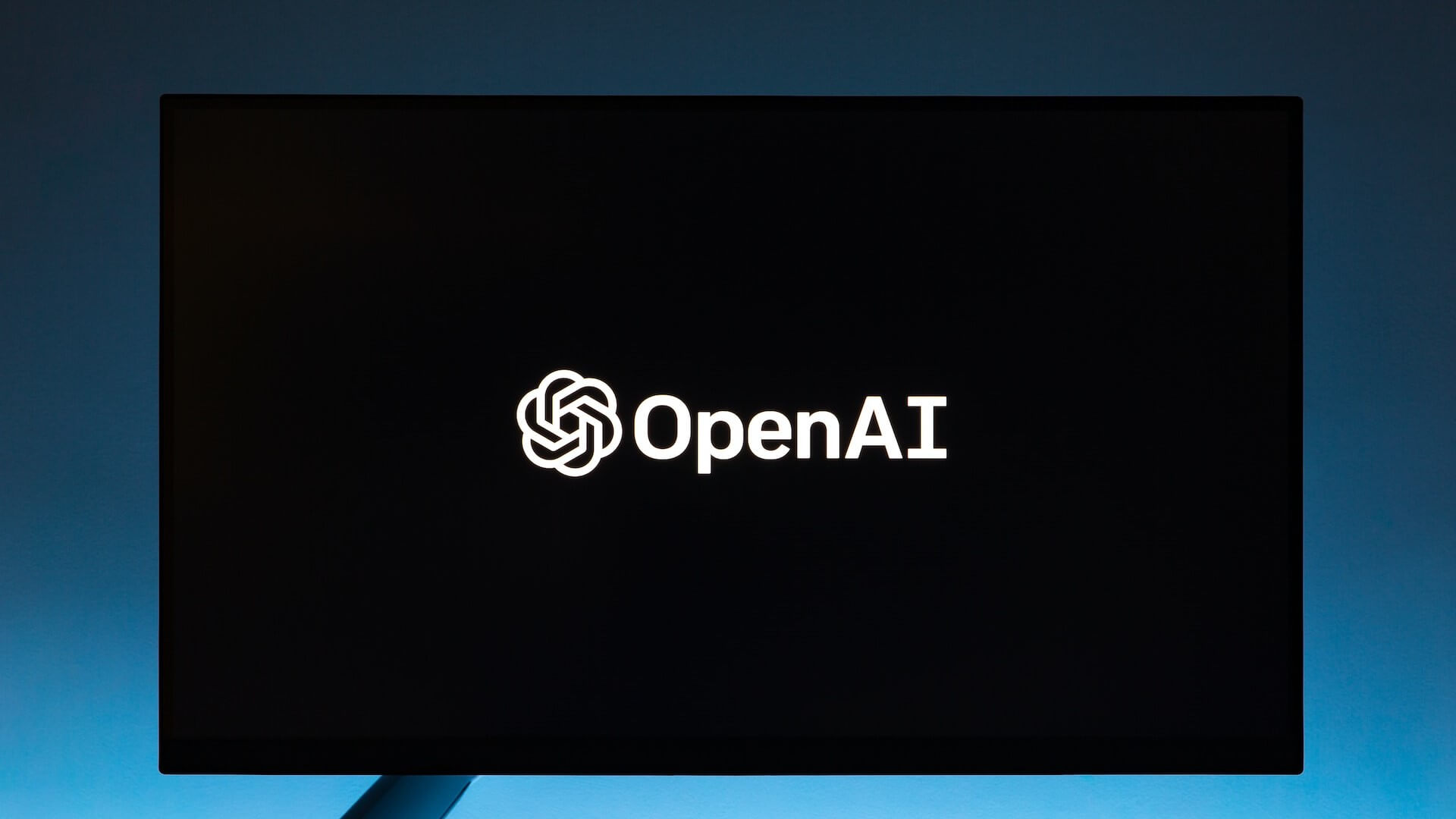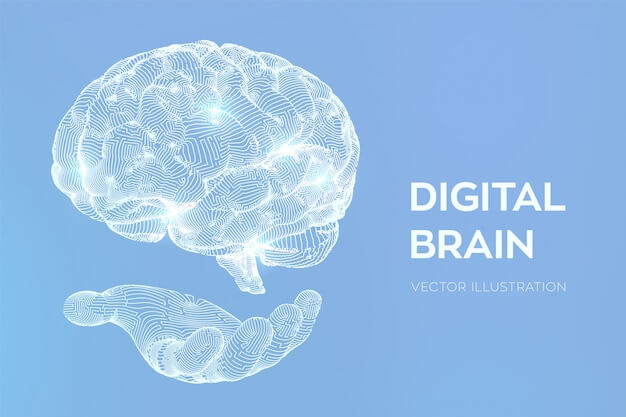
Opinion leaders on LinkedIn are using ChatGPT as an inspiration tool, so why should anyone hesitate?
OpenAI built this chatbot to respond to text prompt words in a smooth language, and millions of users have proven its power in ongoing trials. The chatbot can help software developers write code, scientists conduct research, and students complete homework. Through iterative exploration, ChatGPT really does provide a continuous infusion of valuable fresh energy for brainstorming.
Business leaders can use it to organize key conversations or make long-term decisions. Adventurous couples can use ChatGPT to design their next trip full of surprises. Geeky bloggers, on the other hand, might spend an afternoon summarizing their whims and introducing a niche mobile game with great potential.
Note, however, that this tool often gives the wrong response, so be sure to question everything the chatbot outputs as an answer with caution. Make sure to carefully check the sources it lists to prove whether what they say is actually true or nonsense. Also, the data used for ChatGPT training is not up-to-date, so it is best to be cautious about the information it gives on event scores, restaurant hours, and movie releases, and to refer to the real-time information given by search engines.

People can sign up for a free ChatGPT account on the OpenAI website. For the most powerful version to enlighten your mind, you can also consider spending $20 a month to enjoy GPT-4 from ChatGPT Plus. Of course, you may also want to refer to other chatbots and compare the answers they each give.
Set a clear starting point
The intervention of AI algorithms does not mean that the whole process of brainstorming will change. Good thought experiments always require a strong premise, which is the core problem or topic of exploration that we are concerned about. Using this as a foundation, the cue words that are fed to the AI model can then be adjusted in a variety of ways.
For example, one can start by asking a chatbot a series of short questions in quick succession, and then later consider writing a longer paragraph of prompts. This way, you can compare whether a single prompt works well or whether it is more accurate when divided into three paragraphs.
Focus on the limitations and biases of AI tools
Before really relying on AI to support brainstorming, you may want to spend some time learning about the chatbot, such as what it is good at and in what areas it performs poorly.

For example, the generative AI guide published on the Wired website is guiding journalists to use ChatGPT for story ideas and research help. It explicitly mentions that journalists should never incorporate text from chatbots directly into the body of the story, otherwise it could result in false statements and bias in the story.
Try more than once with the same prompt words
You can ask the same questions over and over again, only tweaking the details slightly, to see how the chatbot will respond. The more you ask, the more likely you are to get a new, or particularly helpful, response.
Brainstorming is like this, requiring concentration but also encouraging the ready follow-up of new and interesting ideas. Write out more background information related to the topic at hand, and unless you get completely off-topic or get into a weird vibe, let's just have fun thinking with the AI bot.
Try long lists, quality lists, and lists that are a little out of line

I asked ChatGPT to list 50 unique brainstorming directions, and it mentioned that chatbots could generate marketing strategies, learning tips, and dating solutions. I asked again if I could give 50 more creative answers. The chatbot thought it could use AI to find inspiration, such as designing activities for pets, designing environmental sound effects and preparing for space colonization. ChatGPT proposed using AI to design telepathic devices, vehicles powered by emotion, and gardens where plants and humans would mix.
Simulate some cases
Want to plan a trip to Brazil that you say you're going to take? Or planning a prudent response to an angry email from your boss? Ask ChatGPT, which should help you with these challenges at hand. Although AI models are unlikely to give straightforward usable answers, the answers often flow with helpful concepts and structures as well.
Always keep an open mind about potential applications
Please don't think of AI simply as a tool. AI can be an important productivity tool, but it can also help a young person lying in his bedroom find a direction for entrepreneurship or even life, or let an elderly person figure out what vegetables to grow in the backyard. Why limit the space in which it can be used? Whatever the topic, we can talk to this AI buddy, and with this kind of time together your next AI brainstorm is bound to be more intense!






